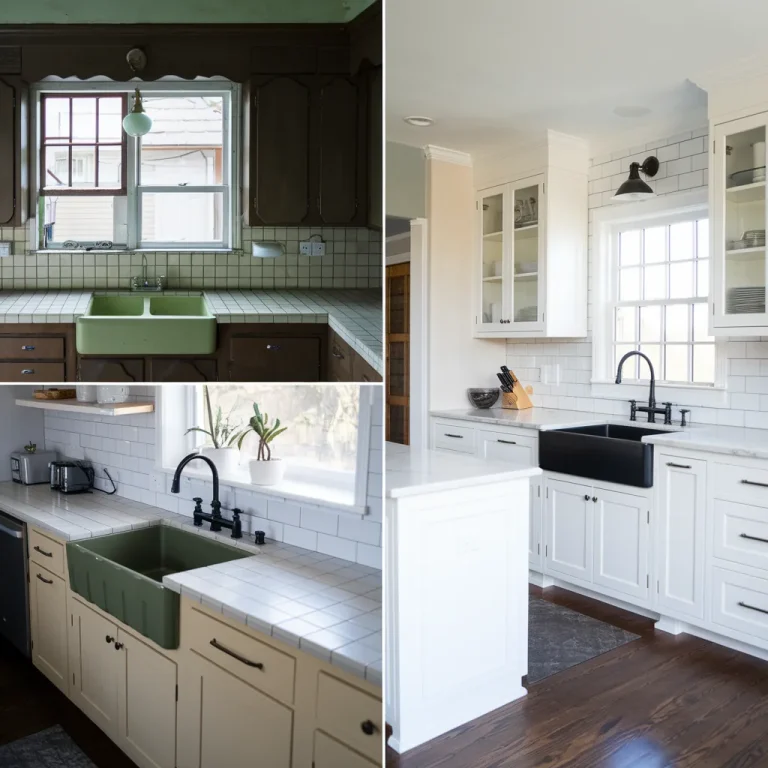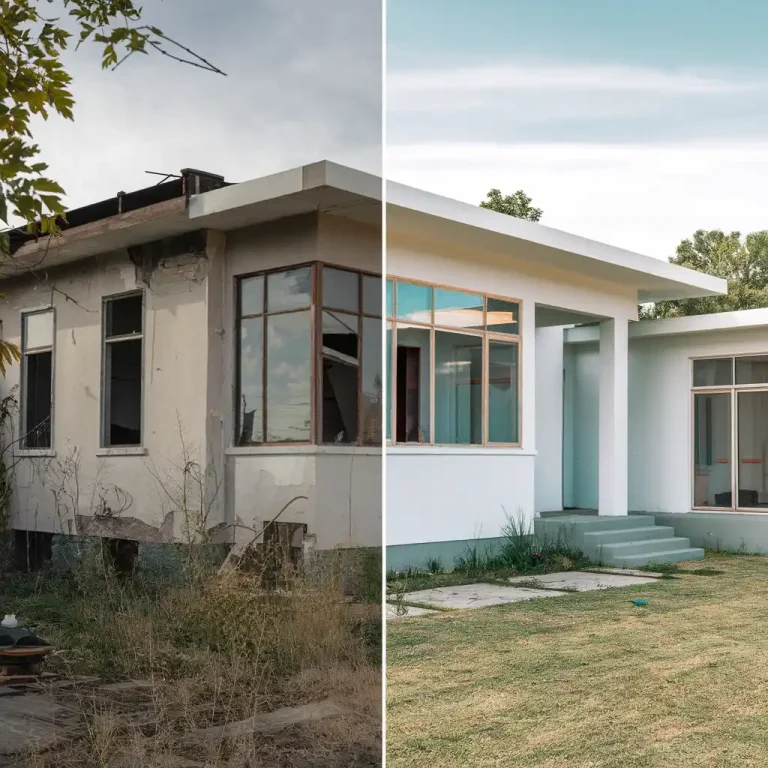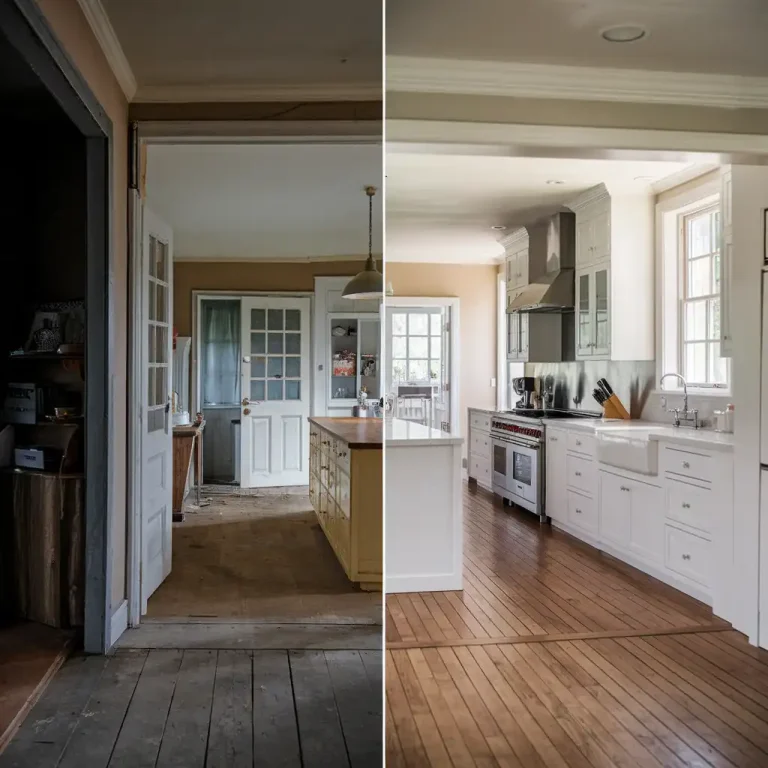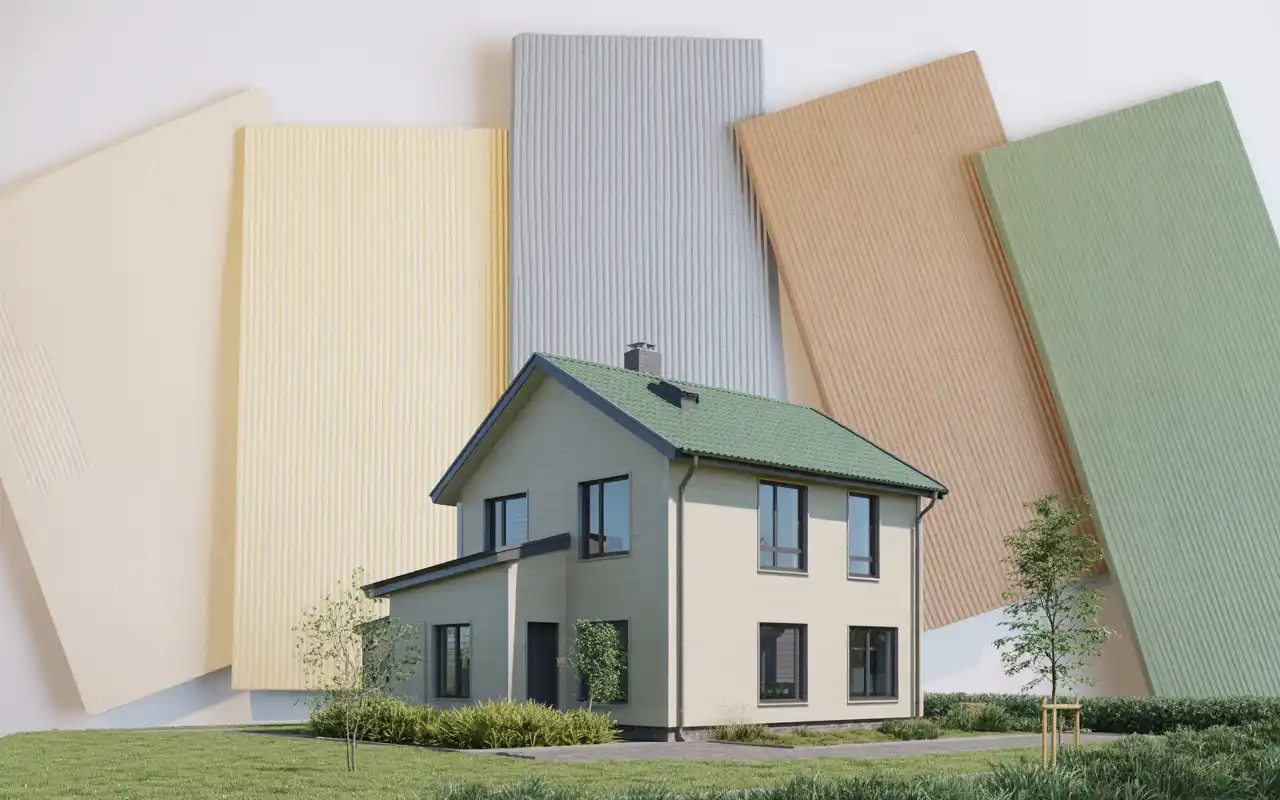A beautiful, fully transformed home is a dream for many. The idea of a new kitchen, updated bathrooms, and a modern floor plan is exciting. However, the process of a whole home remodeling project can feel overwhelming. It involves many moving parts. This guide provides a clear roadmap. We’ll give you expert insights to help you plan and execute a successful complete house renovation. This is your chance to build a home that brings you joy for years to come.
Understanding the Investment: How Much Does a Whole House Remodel Cost?

One of the first questions people have is about the price. The truth is there is no single answer for the cost to remodel a house. The final price depends on many factors. For a full home remodeling, it is more complex than a simple room update.
To understand cost estimates, you need to look at each part of the project. We can break down the price into a few key areas:
- Materials: This includes everything from new countertops to flooring and light fixtures. The quality you choose has a big impact on the final price.
- Labor: This is the cost for all the people who will work on your home. This includes your general contractor, plumbers, electricians, and more. A team with many years of experience will deliver better work.
- Design & Architecture Fees: If you work with a design build firm, these costs are often part of the package. If you hire a separate designer or architect, these fees must be included in your budget.
- Permits & Inspections: All major home renovation projects need building permits. These fees can vary by city and project size.
- Contingency Fund: Always set aside 10-20% of your budget for unexpected issues. This is a vital part of careful planning. This fund helps you handle surprises, like finding old plumbing or electrical problems behind a wall.
A full renovation house can range from $15 per square foot for basic updates to over $150 per square foot for high-end, custom work. Remember, this is an investment in your home’s future.
Resale Value Considerations
A whole house renovation is not just about making a space you love. It’s also about increasing its value. A well-planned remodel of a house project can offer a great return on investment.
Some projects offer a better ROI than others. The kitchen and bathroom are the two most important rooms for buyers. Kitchen remodeling and bathroom remodels can give you the biggest bang for your buck. These are often the first spaces people look at when buying a home.
Improving curb appeal is also a smart move. Things like new siding, windows, and landscaping make a great first impression. A fresh exterior can make buyers excited to see the inside.
Finally, consider your floor plan. Many older homes have closed-off rooms. Creating an open, modern living area is very popular today. This change can make your home feel bigger and more inviting. A cohesive, full renovation house looks better to buyers than a collection of mismatched projects.
Convenience & Consistency: Why a Whole House Remodel Works Best
Some people think about remodeling their home a little at a time. They might do a kitchen remodeling project one year and bathroom remodels the next. However, a single, unified whole home remodel often works best.
When you remodel an entire house, you get a seamless design. Everything matches. There is no patchwork look. All the materials and colors work together.
This approach is also more cost-effective. You can get a better price on materials when you buy in bulk. Your contractor also saves time on labor. They can work on many parts of the house at once.
One of the biggest benefits is streamlined project management. You work with one design build firm or one main contractor. This makes communication simple. It keeps the project on schedule. You also live through the disruption once, not for a series of years.
Your Whole Home Remodeling Checklist: A Step-by-Step Guide to Success

The remodel process can be complex. Having a clear step-by-step home renovation checklist is a must. This guide will help you know what to do and when.
Phase 1: Planning and Design
This is the most important part of any home renovation project. It is where you get a clear picture of your goals. You must define what you want and need. What is your style? What changes will improve your daily life? You also need to set a realistic budget. Get a clear idea of your cost estimates.
The next step is to hire your team. This includes your contractor, designer, and architect. A good design build firm can handle all these roles for you. Once your team is in place, you will create a detailed plan. This includes a new floor plan, material selections, and drawings. The team will also handle getting building permits for you.
Phase 2: Pre-Construction
With the plan set, you get ready to start work. You will finalize all material choices. This means choosing everything from your paint colors to your countertops. Having everything picked out before work begins helps avoid delays.
You should also prepare your home. This might mean finding a place to stay while the work is being done. You will also need to protect any items you are keeping. Your contractor will cover things to keep them safe from dust and damage.
Phase 3: The Renovation Process
This is where the real work happens. The first step is demolition. Old walls, cabinets, and fixtures are removed. Then, new structural work can begin.
Next comes the plumbing and electrical work. All the pipes and wires are installed behind the walls. This is also when things like new air ducts and insulation go in.
Once the walls are closed, your team will start on the interior finishes. This includes things like new drywall, paint, and flooring. Then the cabinets, countertops, and appliances are installed in the kitchen and bathroom.
Phase 4: Finishing Touches
The project is almost done. The team will install light fixtures, faucets, and other hardware. This is when the final finishing touches are added to every room.
You will do a final walk-through with your contractor. You will create a “punch list” of small items that need fixing. The contractor will take care of these items. When the punch list is done, your full renovation house is complete. You can move into your new home.
Home Renovations and Whole House Remodeling Services in San Diego

For home remodeling San Diego projects, working with a local company is a smart choice. A local team understands the area’s unique needs. For example, they know San Diego’s building codes and permit rules. They also understand popular San Diego design styles. These often blend indoor and outdoor living to take advantage of the great weather.
Our team at San Diego Home Remodeling has deep roots in the community. We have completed many home remodel projects. We have years of experience working with homeowners just like you. We are also experts in kitchen and bathroom remodeling and other Room Remodeling Services in San Diego.
We can help you with every part of your remodel process. Our goal is to make your project a success. We want to give you a home you will love for the long term. We are the whole home remodeling contractors you can trust.
Ready to Start Your San Diego Renovation?
You’ve read our guide and now you know where to begin. The first step is a simple conversation. Contact us for a free consultation. We can talk about your dream home and how to make it a reality. Let us be your partner in this exciting journey.
FAQs
What is a whole home remodel?
A whole home remodel is a project to update the entire house. It can include changes to the floor plan, electrical work, plumbing, and all new finishes. This is different from a simple update to a single room. It is a complete house renovation that gives your home a new life.
How much is it to fully remodel a home?
The cost can vary a great deal. It depends on the size of your house, the quality of materials, and the scope of work. A full remodel can cost anywhere from $15 to over $150 per square foot. It is best to get detailed cost estimates from a trusted contractor for your specific project.
What is considered a full remodel?
A full remodel changes the look and function of the entire home. This means more than just new paint and floors. It can include structural changes, updating plumbing and electrical, and new layouts. It is a comprehensive home improvement project.
What are the four types of remodeling?
The four main types are:
- Cosmetic: Simple updates like paint and new fixtures.
- Structural: Changes to the floor plan like moving walls.
- Restoration: Bringing an older home back to its original state.
- Addition: Adding new living space to the house.
What’s the difference between construction and remodeling?
Construction is about building something new from scratch. Remodeling is about changing or improving an existing structure. A remodel a house project uses the existing home as a starting point. Construction creates a new one from the ground up.







